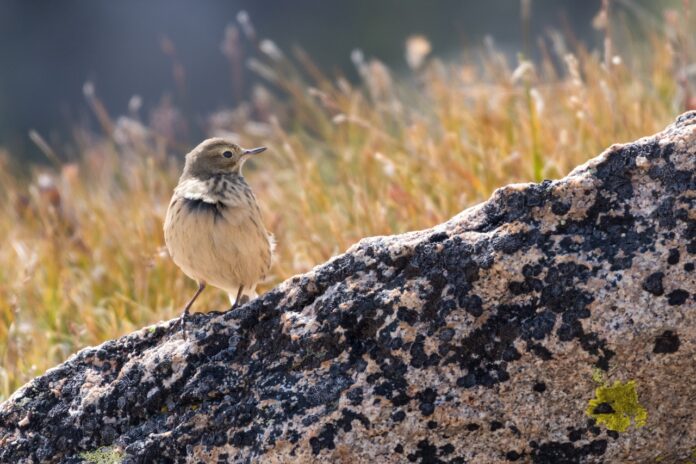With the help of thousands of people who are not trained scientists, The National Audubon Society is once again gathering important data on bird species across the country and around the world.
First held in 1900, the annual Christmas Bird Count’s most recent three-week run began Tuesday, Dec. 14.
Amy Goodall, a professor of geographic science at James Madison University, has worked as a coordinator to collect citizen science data through both the Christmas Bird Count and the Breeding Bird Survey.
“I use the data from each of these to understand temporal patterns in bird abundances over large spatial areas such as all of Virginia or the mid-Atlantic or Great Plains regions,” she said.
She also uses the information in hands-on lab classes for understanding the purpose of spatial analysis.
The need for massive amounts of data is one reason professional scientists are becoming more open to collaborating with curious citizens who are happy to help, said Carole Nash, also a professor of geographic science.
“There are a lot of us who do work on resources that are threatened or that need to be watched by large numbers of people in order to understand them,” Nash said. “It became really apparent that it was not going to be possible for scientists to do this by themselves.”
One of Nash’s projects involves recording important artifacts and historically important sites in danger of being washed into the Chesapeake Bay.
Nash developed a smartphone app so people who live in the endangered areas can snap photos of the sites. The app automatically records the date, time and location of the photos and the citizen scientists can add some other basic details.
“We’re developing this database of information collected by citizen scientists,” Nash said. “With the loss of archaeological resources due to sea level rise, there is no way that any archaeologist or group of archaeologists is going to be able to capture what’s being lost.”
Depending on the type of research, some citizen scientists might require training. Several years ago, Nash teamed up with Virginia’s Department of Historic Resources, The Council of Virginia Archaeologists and the Archaeological Society of Virginia to create an archaeological technician certification program that requires participants to take 12 classes, complete about 180 hours of archaeological work, perform 20 hours of community engagement and take two exams.
But there are plenty of opportunities that don’t require special training.
Shelley Whitmeyer, a professor of geology at JMU, helped develop a smartphone app where participants can take photos of beach sand that are then uploaded to a database and analyzed by an algorithm.
“The criteria are, you just have to have a phone,” she said.
The data is being used to help researchers with a SandSnap initiative to collect beach sediment data along the East Coast.
Goodall works with students of all ages to observe and record observations of butterflies.
But collaborating with citizen scientists has benefits beyond data collection, including increasing science literacy and a general interest in science.
“Citizen science is also important for improving our diversity,” Whitmeyer said. “If we want to be more inclusive, then we need to open up. If we can get citizen science to be more pervasive, I think it’s an opportunity for more communities to feel like they’re part of this.”

